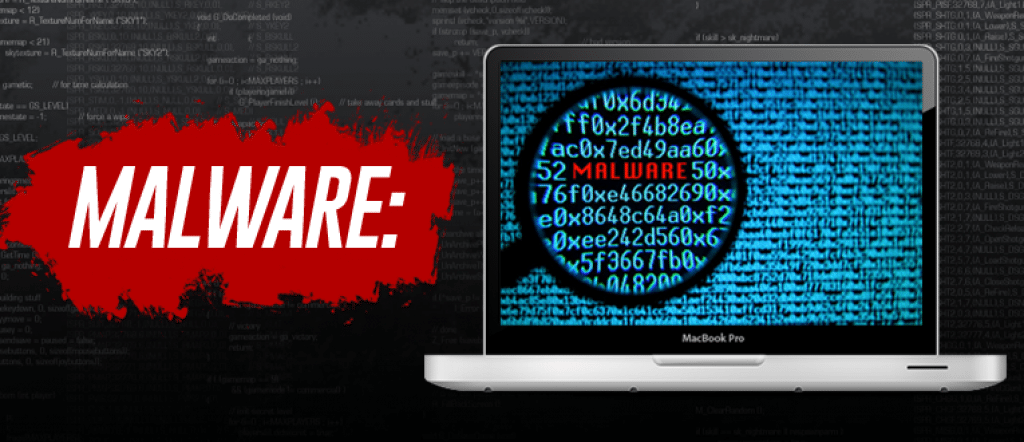Malware
Malware is specifically designed software to damage a computer system or to steal the information which is sensitive and private.
It can be easily understood when you compare it with malfunctioning. Malfunction may be intentional or unintentional but malware is always intentional.
It also includes gaining access to personal (ex. password stealing) or business computer without the owner’s knowledge.
The greatest example of malware is Stuxnet and Regin.
Stuxnet was used to sabotage a nuclear program of Iran and Regin targeted Microsoft-based computers.
Malware is a collective term that includes viruses, spyware, trojan horses, worms, and many other malicious scripts.
Types of Malware Explained
- Virus – a program or software which can spread and replicates itself to damage or delete data. Most of the time, a virus tries to make the computer malfunction.
- Spyware – these malicious codes are used for data theft or to gather sensitive information such as: website browsing history, computer IP addresses and sometimes purchasing history from online retail stores. It also can steal credit card details.
- Adware – this is the most annoying malicious software that tries to fill with the web site or during Internet browsing. It is financially supported to display advertisements based on your interests. Sometimes the malware will not allow normal functioning of the browser.
How Malware Enters Into Our Systems
Many computer users unknowingly download adware or spyware during downloading other useful programs.
Even if you are downloading movies from popular peer-to-peer applications, there is a chance you’re downloading malware into your system.
Nowadays, instant messenger software or any other downloadable software used to download other software can download some of these viruses.
- How to identify our systems affected by malware – The simple thing that you can easily use to find if viruses or adware have infected your computer is that the operating system becomes slow and multitasking is hampered. Many pop-ups will obstruct you from normal functioning of the system. Other signs include most of the desktop icons will disappear, the screen will turn black, and lot spam emails with attachments will appear.
- How to secure your computer – If you prefer a hands off solution, Identity Guard includes malware protection free in their suite of security services that come with every monthly membership. If you prefer to DIY and you suspect your PC or Mac may be infected, remove the computer from the wall and disconnect the internet cables, without a connection, the malware cannot operate and is shut down immediately. But we can’t do much without the internet. So there will be some minimum security protocols that need to be adopted. Buy antivirus software in which you can rely on. By having an antivirus in place, it allows you to have peace of mind when you login into your bank account or any other type of secure information online.
Worldwide, more than a million malware programs are being created by hackers or unauthorized persons to steal information.
Stock, international money transactions, spying on celebrities, and gathering credit card details are all possible targets.
Loss due to these thefts amounts to $10 billion yearly.
References:
- http://acms.ucsd.edu/students/resnet/malware.html
- https://ist.mit.edu/security/malware
- http://www.purdue.edu/securepurdue/bestPractices/spyware.cfm

